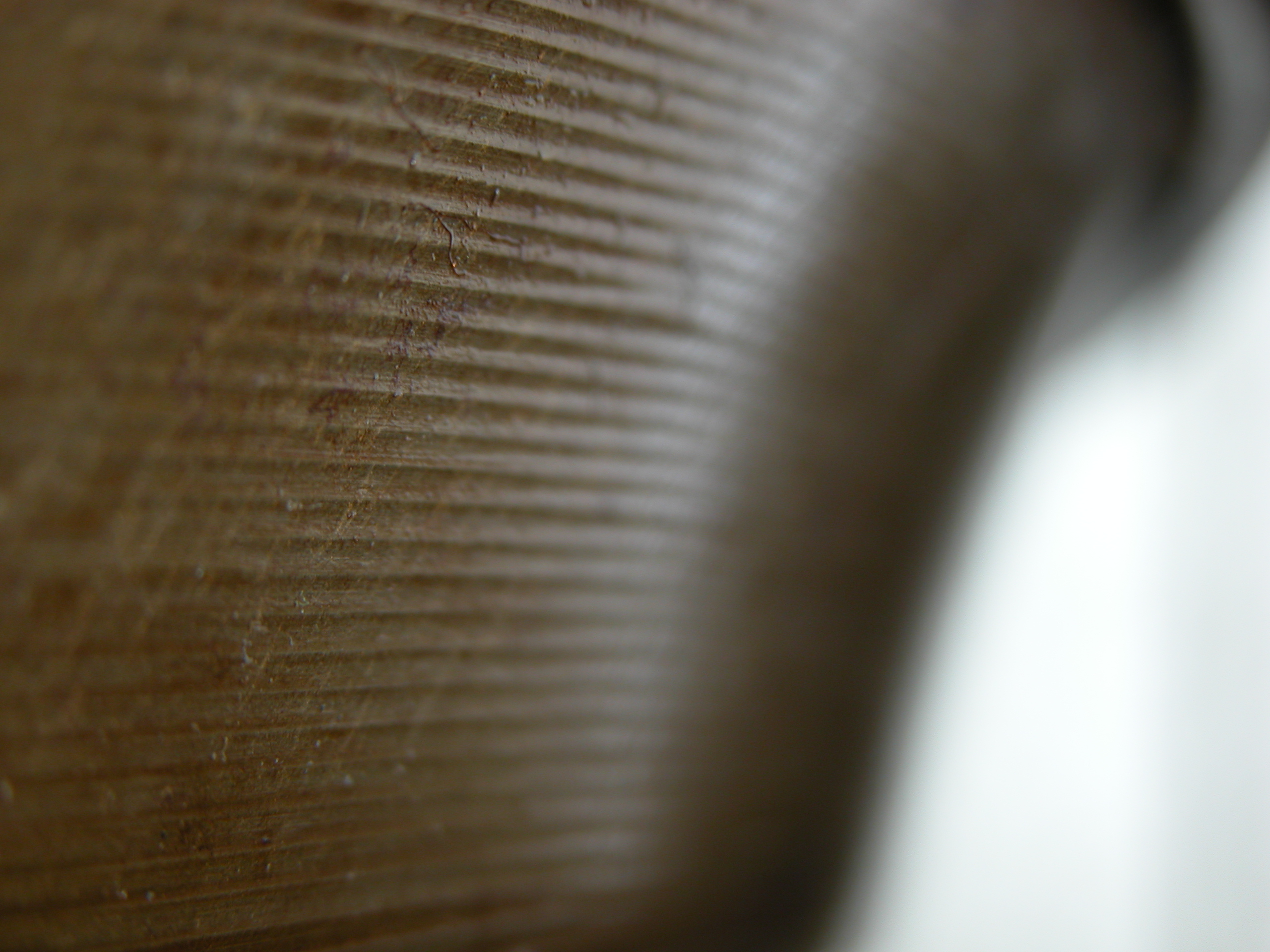
A dance school is a place where dancers learn to master or rehearse dance routines. The word is commonly used to describe a room that has been specially equipped or built for the sole purpose of dancing. This kind of room may be in your home or outside, depending on the type of instructor you hire. The majority of dance schools are located in a location with ample traffic, allowing students and teachers to interact comfortably. Most instructors prefer to have their classes take place outdoors because it allows them to meet and greet potential dance customers while also allowing them to perform various maneuvers and stretches in full view of others. Dance schools are a great way to get started in the exciting world of dance as it provides the opportunity to find out what you like and what excites you the most.
Before you even begin to look at possible dance schools, you should carefully examine the training methods they offer. Many schools will offer the basic dance elements like hip flexors, freestyle dancing, salsa dancing and ballroom dancing, but you need to make sure that the method taught meets the requirements set by the American Ballet Association (ABOA). The ABOA has set the standards of what are the best dance schools in the country by determining the ratio of students to instructors, the ratio of students to studio space and the number of students per instructor. These ratios are an important part of the rankings that the ABOA uses to determine which shows are the best around.
The average size of a dance school is not necessarily related to the quality of instruction it offers. A large studio that is housed in a beautiful building may be filled with students enjoying their teacher and fellow student activities. On the other hand, the average size of a studio may simply be an accurate reflection of its student population. The University of Utah, for example, has a capacity of 1500 students. The ratio of students to instructors is therefore not a factor in the ranking of studios, but the popularity of the University of Utah as a whole is what will count the most.
When you consider whether or not to try out a new dance school, the first trial you must take is the location. While there may be many fine dance schools in your area, not all of them will be able to meet your needs. For instance, a small dance studio in a small town will not be able to give you the type of exposure that a larger studio in a city would. Before you even consider signing up for dance lessons, decide on the ideal setting for your first trial.
If you have decided that you want to study dancing professionally after your dance school experience is over, you must also decide on what type of education you would like. There are two main types of training: technical study dancing and performance dance training. Technical study dance instruction is for dancers who want to learn more the basics of dancing from an instructor. Performance dance instruction is what most people choose to follow, as it gives the dancer the opportunity to show off their dancing skills outside of class.
If you decide to study dancing professionally at one of the Birmingham or Elmhurst studios, you must make sure that you do not get left behind by any other future students. This means that you will want to keep up with all of the latest styles. Check out the following classes offered at both the Elmhurst ballet school and the Birmingham royal ballet school. The first of these classes is called Aspects of Ballet, and it teaches you how to dance with a backdrop of music. This is perfect for dancers who need to practice outside of their lessons.
Another class taught at both the Elmhurst ballet school and the Birmingham royal academy is called Contemporary Dance. This class emphasizes contemporary dance styles over traditional classical ballet. It also allows students-fellow classmates-to practice together. The student/teacher ratio at the Elmhurst ballet school is slightly higher than at the Birmingham academy due to the size of the school. It is also a more competitive school, which requires a slightly higher student-teacher ratio.
The student-teacher ratio at the Birmingham academy is two to one. There are no prerequisites for entering this study dancing program. Students take a one-credit introductory course that gives them all the information they need to begin dancing at an early age. Students then study dance at the Birmingham academy for a four years. Once a student graduates, they take an exam to be certified in contemporary dancing.
- 投稿タグ
- dance school, this post, visit here
